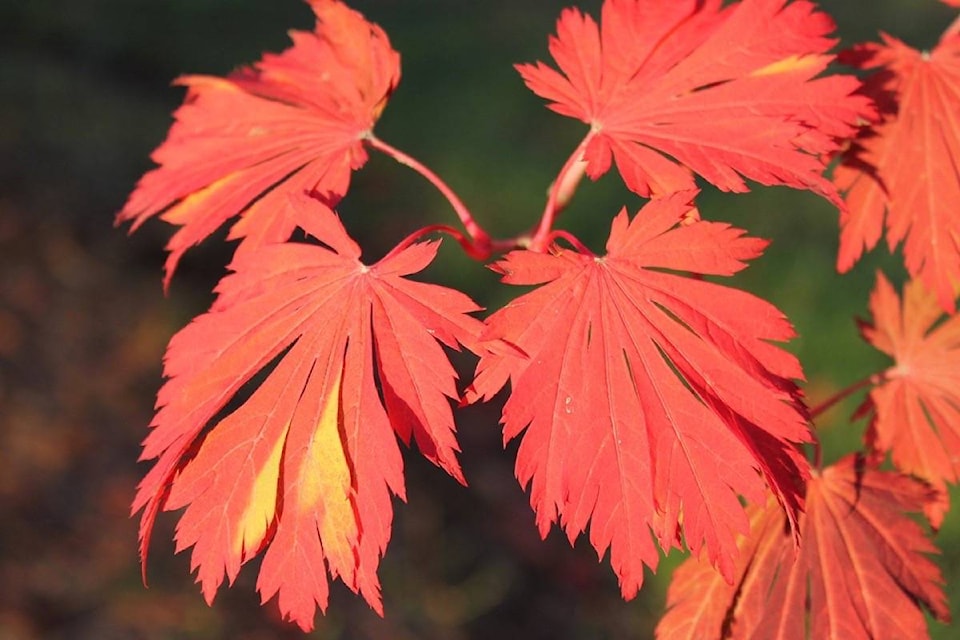By David Clements
Here I will try to answer a simple question that many of you may be asking at this time of year. Why do leaves change colour in the fall?
Leaf colour is a product of pigments in the leaves.
Chlorophyll, the green pigment in leaves, is simply put, the most important pigment on our planet.
Even if you wear a green shirt, you yourself cannot do anything to help fuel the conversion of sunlight to useable energy.
Only plants possess chlorophyll and the accompanying cellular machinery to convert the sunlight absorbed by the chlorophyll into sugars. These sugars end up as part of virtually every organic molecule made on Earth.
The chemistry of chlorophyll is incredible – somehow the pigment molecules can capture photons of light from the sun and convert the energy into sugars through a process by which water molecules are split and produce energized electrons.
Now we have caught a glimpse of the wonder of chlorophyll, it is time to lose it. That is what happens in the autumn, as leaves change colour and fall.
As the most important pigment on the planet is no longer produced in leaves, and much of the energy is drained away into the tree’s branches, other pigments become visible – it’s their time to shine!
First, let’s introduce the yellow pigment xanthophyll. It is classified as an accessory pigment, serving to absorb wavelengths of light that chlorophyll can’t. Xanthophyll also protects plant leaves from excessive sunlight – i.e., it’s a sunscreen.
Then there’s another protective pigment type, the orange carotenes, the same pigments that make carrots orange.
A third prominent pigment group is the red anthocyanins. We don’t see red leaves as frequently as some of the other colours, because not all trees produce anthocyanins.
Anthocyanins are thought to both protect leaves from excess sunlight and facilitate energy recovery.
Trees produce differing levels of anthocyanins depending on the weather.
More sunlight and drier weather produce redder leaves with more anthocyanins, as the trees make a bid to collect as much energy as possible to store away for the winter.
So, in a nutshell, the green chlorophyll curtain is pulled back to reveal a rainbow of brilliant pigments that were there all the time.
David Clements is Professor of Biology and Environmental Studies at Trinity Western University
